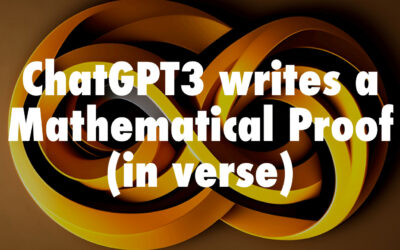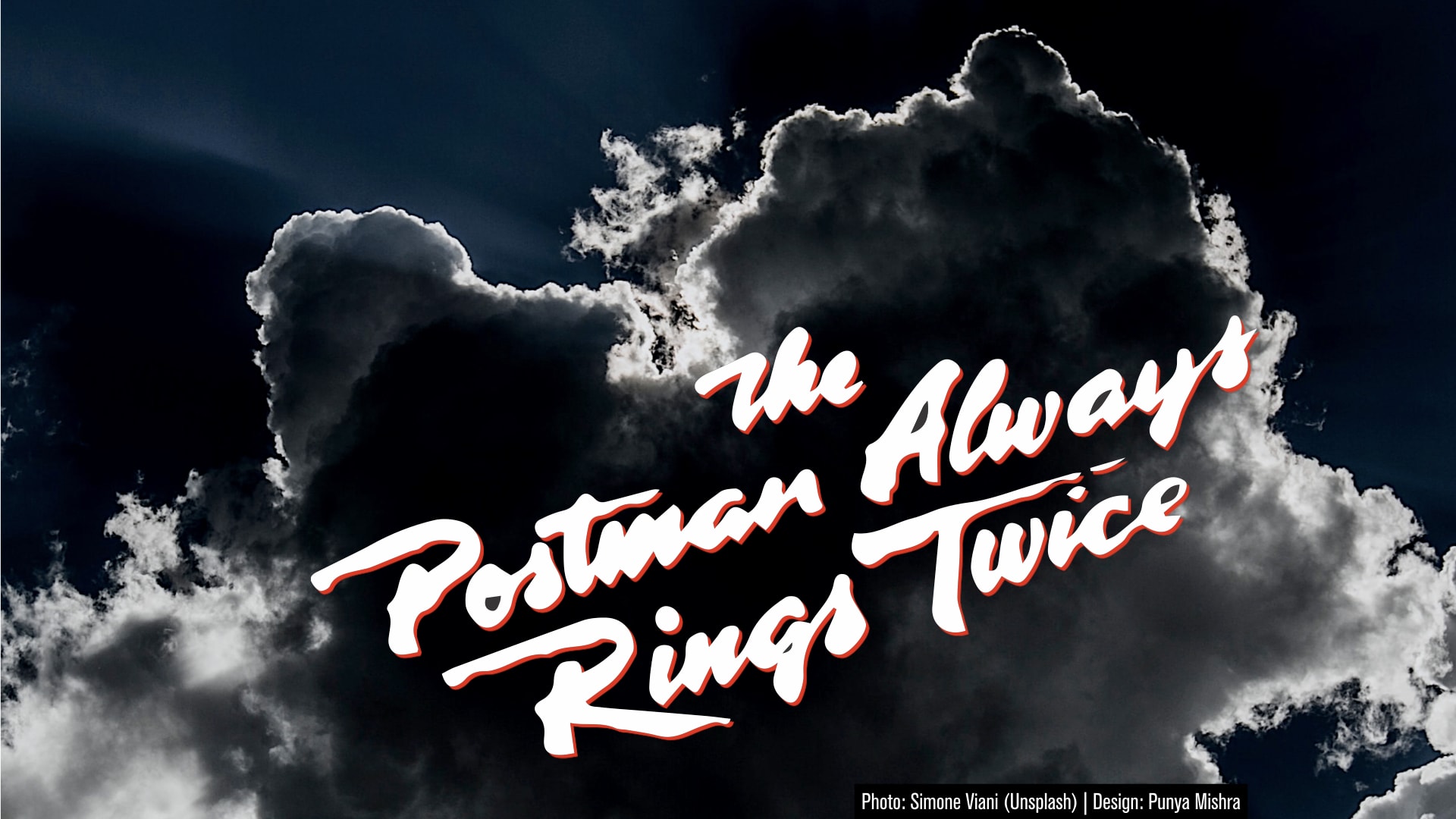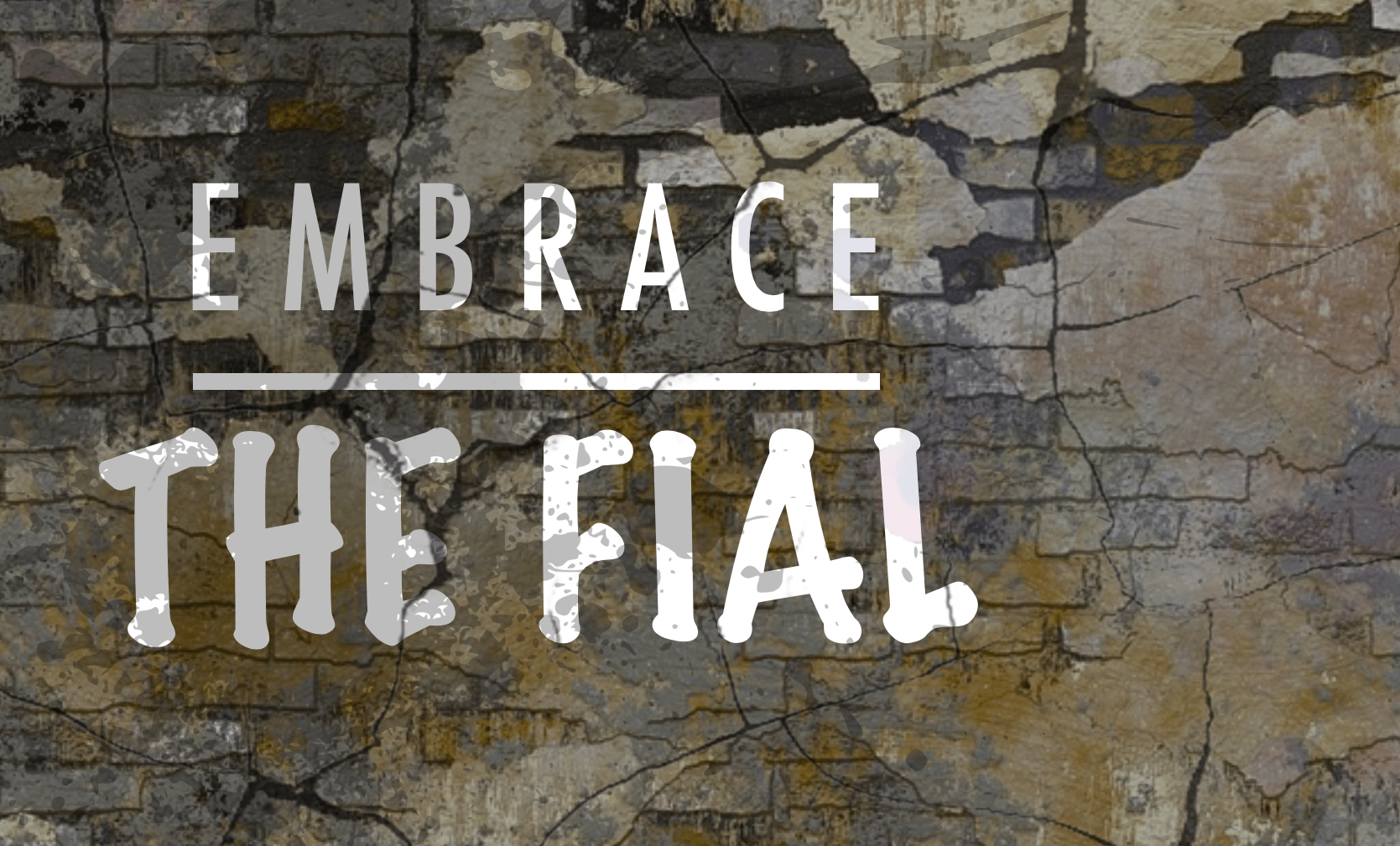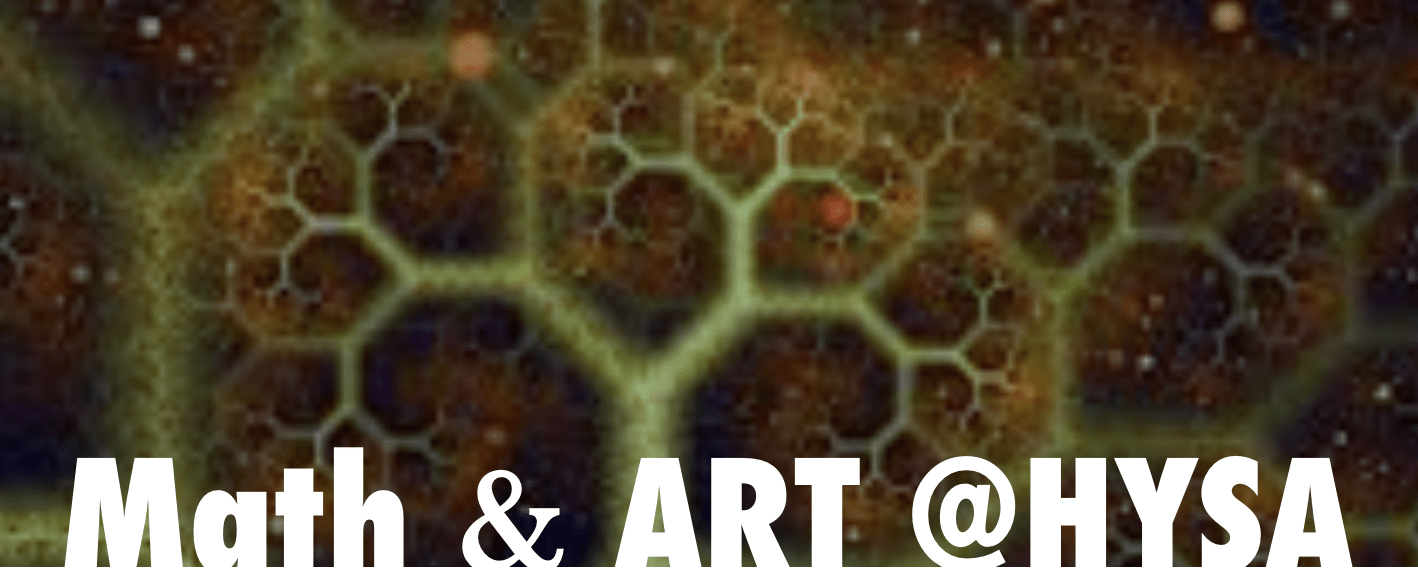The International Society for Technology in Education (ISTE) conducts a series of webinars for its members. Matt Koehler and I just completed one today for ISTE’s Special Interest Group for Teacher Education (SIGTE). The webinar was titled Technology Integration in Teaching: The TPACK Framework and over 75 people joined in.
The webinar was hosted by Mike Charles from Pacific University in Oregon, SIGTE president. Debren Ferris and Audrey Vandeford (from ISTE) helped organize everything and ensure that we faced no technical problems. This was the first webinar we have conducted (apart from the one I had done for DePaul University – which technically wasn’t a webinar) and we owe a big thanks to Mike, Debren & Audrey for all their efforts in making this a success.
Mike introduced Matt and me as follows:
Dr. Punya Mishra and Dr. Matt Koehler are associate professors of Educational Technology at Michigan State University. Matt is from Sheboygan Wisconsin, the home of the bratwurst and Punya is from India, the land where the cow is regarded as being a holy animal. It is no surprise therefore to find out that Matt is a vegetarian and Punya loves his steaks (medium rare, please). They enjoy working together – and have collaborated on important research on the theoretical, pedagogical, and methodological aspects of understanding effective technology integration. This led to the development of the Technological Pedagogical Content Knowledge (TPACK) framework, something that has been receiving a lot of attention lately, and the subject of today’s webinar.
The abstract of the presentation was as follows:
Technology Integration in Teaching: The TPACK Framework
The ability to be creative and flexible is critical in face of a rapidly changing world. Nowhere is this more important than in teaching. Digital technology is playing an increasing important role in the world of teaching, offering the potential to fundamentally change the practice and process of teaching and learning. These changes, however, present significant challenges to teachers and teacher educators. Confronting these challenges requires moving beyond notions of just integrating technology to an understanding of the complex issues teachers face. In this session, we present the Technological Pedagogical Content Knowledge (TPACK) framework as a way of thinking about teacher knowledge, technology integration, and teacher creativity. TPACK, with its emphasis on the interaction teachers’ knowledge of Content, Pedagogy, and Technology, places teachers front and center as designers of curriculum, who flexibly and creatively integrate technology and pedagogical approaches to help their students understand subject matter.
You can listen/follow the webinar here and download the handout we created here.





Gloria, apologies for the missing file. This has been fixed. thanks for letting me know. ~ punya
I am researching TPACK and the handout link for this webinar is missing. I would appreciate it if you can repost it please.
Thanks,
Gloria
Thanks Sean for the note and your support of the TPACK framework. As you can see from this blog my efforts over the past few months has been to both support the spread of the TPACK word (and your efforts at *suggesting* 🙂 are much appreciated) as well as push the framework forward towards an emphasis on creativity. Hence all these postings about how a “technology can become an educational technology.” I sincerely believe that unless we get teachers to get more playful with T, P and C – we will not be able to realize the potential of these new devices for education.
Awesome introduction! Also- thanks for posting this webinar link. This topic is starting (through my relentless *suggestion*) to get quite a bit of attention in my district. To me, I honestly believe that it has to be one of the “checks” to use to look back on while you plan any sort of technology integration effort.
We are beginning an undertaking that will -for the first time- pay real and honest attention tot he learning needs of teachers. There is no way to produce truly techsmart kids within our core content areas by age 18 without first building tech savvy teachers.
In a district steeped in a focus on pedagogy, where we truly consider both content and practice with every move we make, we are still eons behind in possessing the “T circle” in your venn diagram. I suspect that this is case more often that not.
I’ve said it before, but again… thanks for not only doing the work on TPACK, but in continuing to increase awareness to this framework. There is truly no reason folks in secondary schools cannot consider this work today. In fact, I think all decision makers in education will be looking at it in the not-to-distant future.